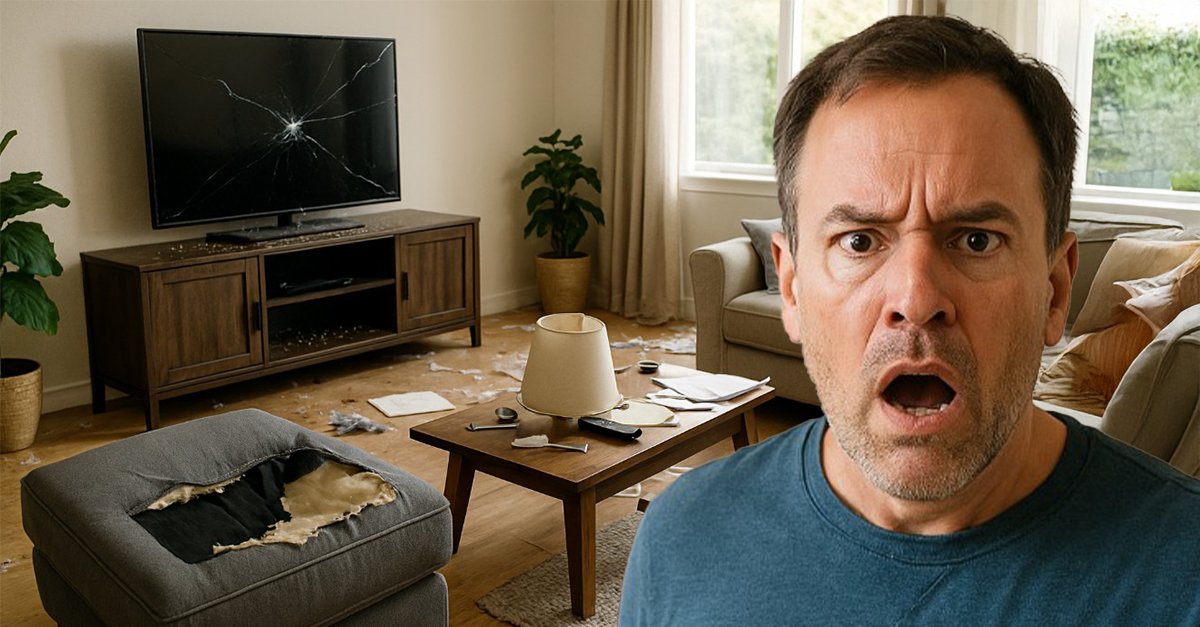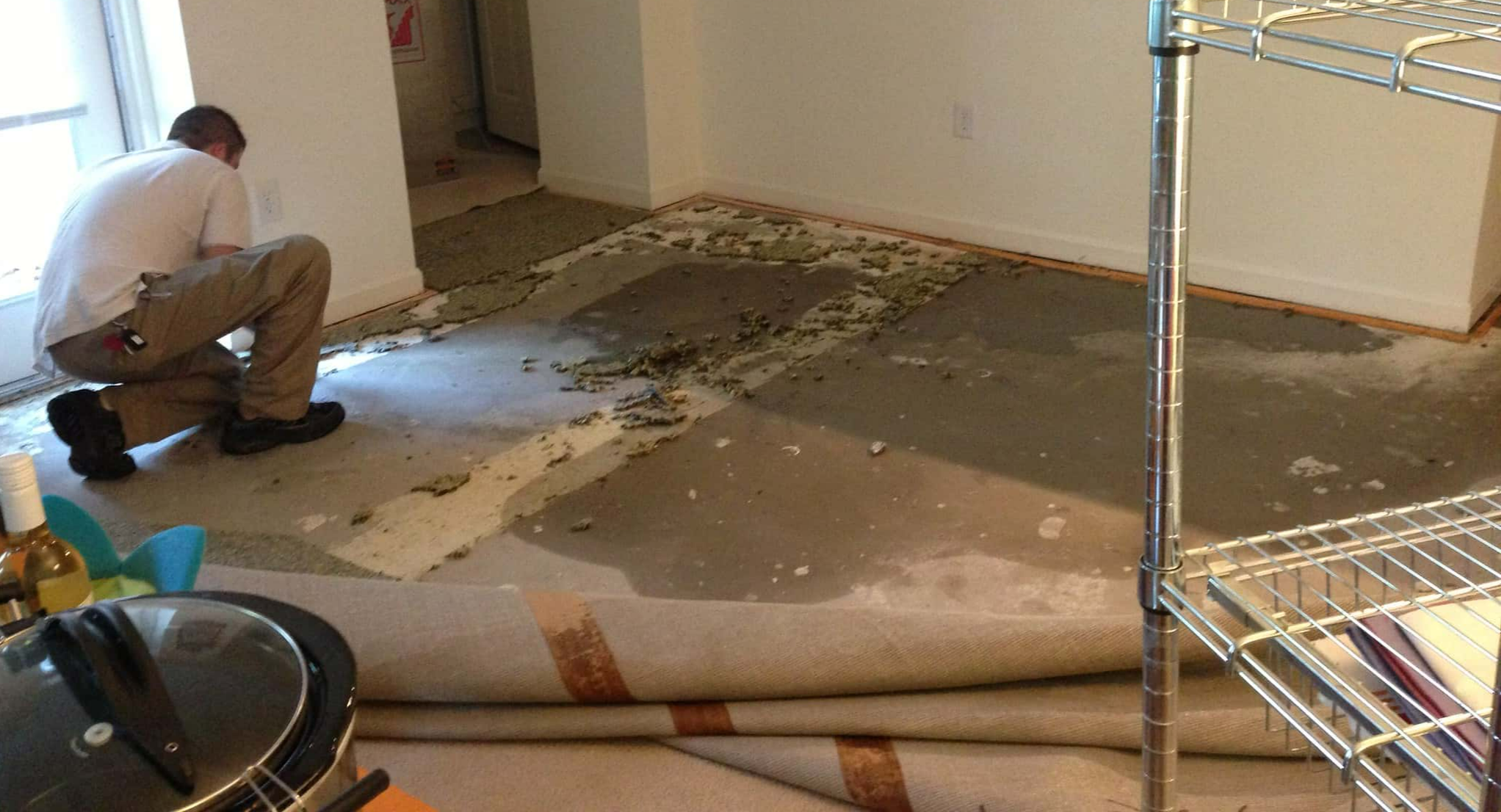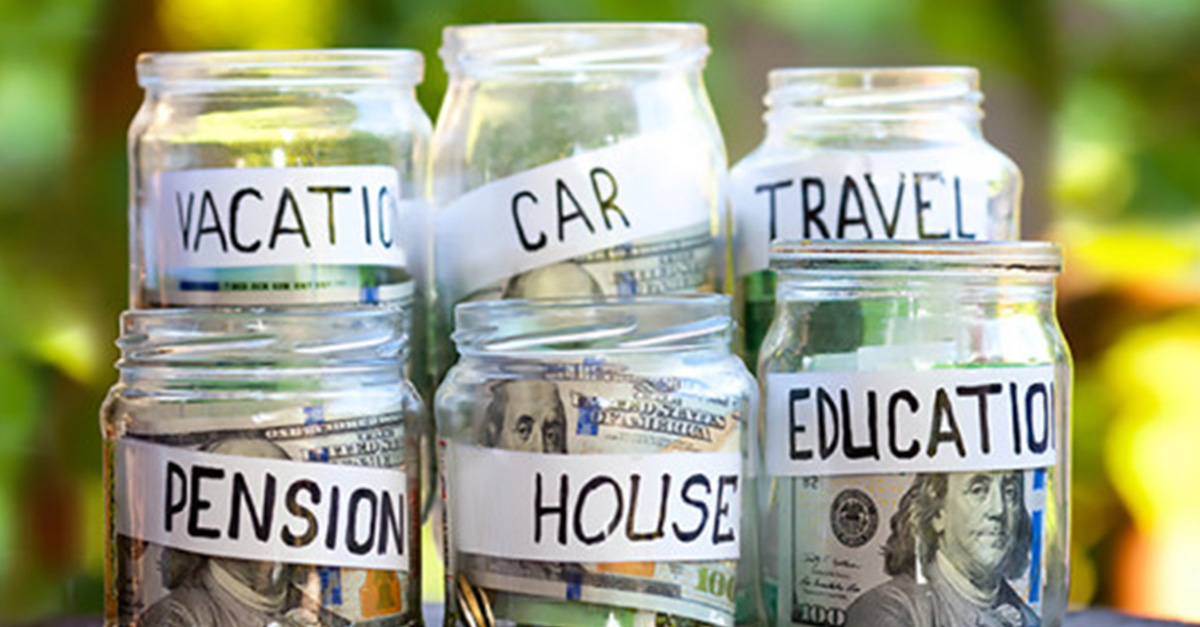You just walked through your front door after a relaxing trip abroad, only to find your house nearly unrecognizable. The house is in a state of disarray with stained carpets, cupboard doors ripped off, broken furniture, and your once-pristine deck is now scorched with cigarette burns. The damage looks to be more than $10,000. You followed Airbnb’s guidelines, and are wondering how you can hold your guests accountable.
Check Airbnb’s Host Damage Protection First
First, check if you’re covered under Airbnb’s Host Damage Protection. This program, part of Airbnb’s AirCover for Hosts, promises up to $3 million in damage reimbursement. However, it’s not technically insurance, and it doesn’t cover everything. Airbnb requires you to document damage and submit a claim within 14 days of checkout or before the next guest checks in.
Record And Document Everything
Before you even touch anything, take photos and videos of any and all visible damage. Note the time and date, and start putting together a detailed list of everything that was damaged or destroyed. Try to find receipts or estimates for anything you’ll need to replace. The more evidence you can cobble together, the stronger your claim if you pursue reimbursement through Airbnb or other channels.
Get In Touch With The Airbnb Resolution Center
Next, log into your Airbnb account and open the Resolution Center. You’ll need to message your guest directly to request payment for the damages. Don’t yell and scream or threaten anyone. Be clear, firm, and professional. Include your documentation and estimates. If the guest doesn’t get back to you or denies responsibility, you can escalate the claim to Airbnb Support after 72 hours.
Know That Airbnb Doesn’t Cover Everything
It’s unfortunate, but not everything is eligible for compensation. Airbnb’s Host Damage Protection excludes some categories, like normal wear and tear, damage caused by pets, or loss of income. If luxury or sentimental items were damaged, these can be harder to claim. On the other hand, things like furniture, appliances, and stained flooring are normally covered if you provide the proper documentation.
Think About Small Claims Court If Necessary
If Airbnb doesn’t reimburse the full amount or denies your claim altogether, small claims court might be your best bet. Check the guest’s location (from their Airbnb profile or booking details) and see if your claim falls within your state’s small claims limit. Most states allow claims between $2,500 and $10,000. You may be able to appear virtually if the guest lives far away.
Look Into Third-Party Insurance
If you host frequently, this serves as a wake-up call to look into dedicated short-term rental insurance. Airbnb’s protection can help, but it has gaps. Providers like Proper Insurance and Slice offer policies tailored to Airbnb hosts that cover property damage, liability, and even loss of income.
Take A Long Hard Look At Your Hosting Practices
In the future, you’ll want to tighten up your screening process. Only approve guests with verified IDs and positive reviews. Set stricter house rules. Consider adding on a refundable security deposit. Exterior security cameras (in compliance with Airbnb’s policies) can also discourage bad behavior and set your mind at ease a little.
Make Up Your Mind About How You Want To Proceed
For the time being, you need to take a deep breath and figure out how you want to move forward. The situation is no doubt frustrating, but not hopeless. Airbnb’s system offers some protection, and small claims court has potential if you’re willing to pursue it. Clear documentation and persistence is what will decide if you have a real chance at recouping your losses.
Consider It A Lesson Learned
This experience might feel like a betrayal, but it could also be a turning point. There are plenty of successful Airbnb hosts out there who had to learn their lesson through bitter experience. By taking steps to secure your property and better vet guests, you’ll reduce your risks and become a more confident, successful Airbnb host far into the future.
You May Also Like:
How To Rebuild A Depleted Emergency Fund










